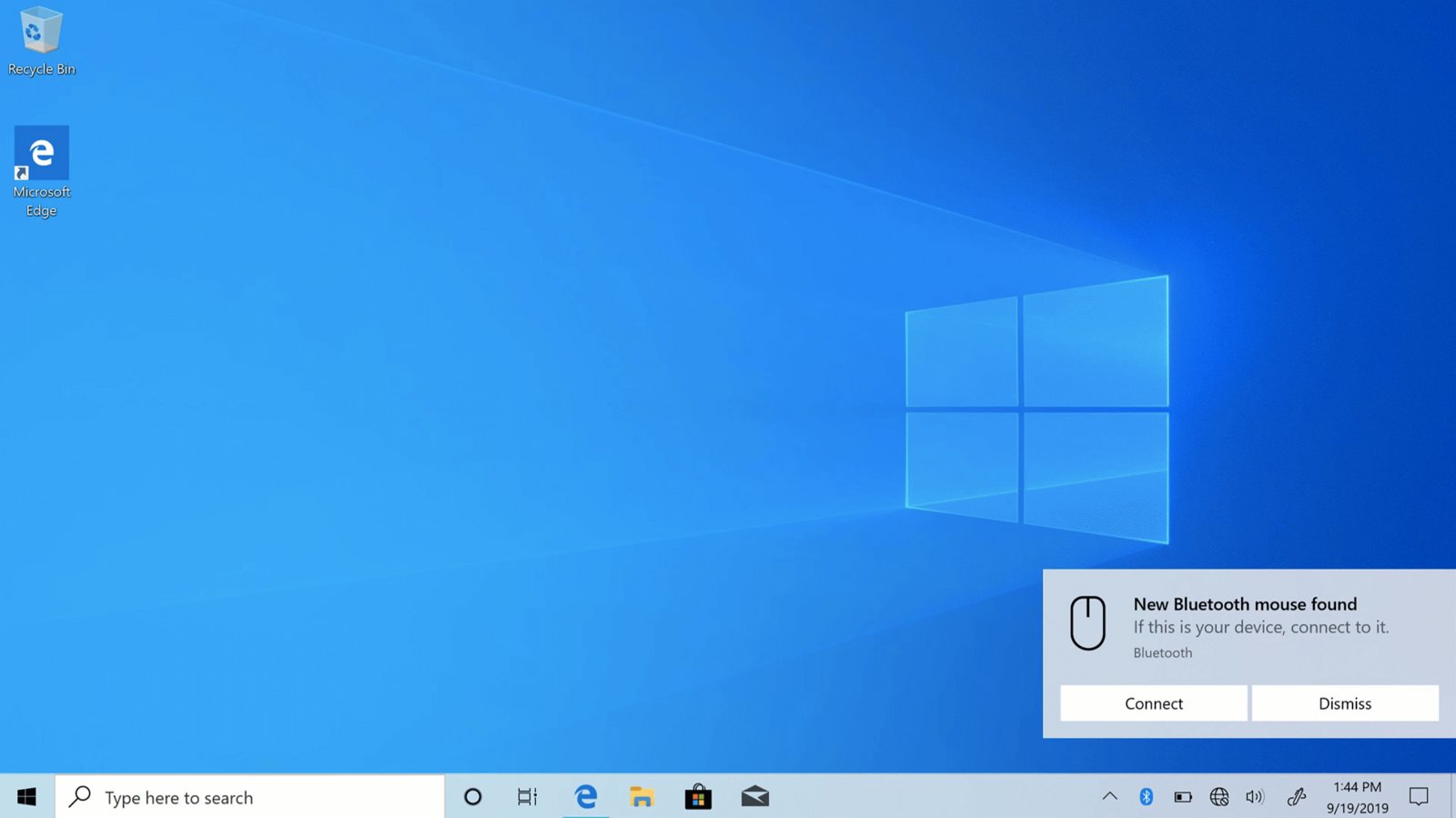

- #Gbu421 bluetooth peripheral device how to
- #Gbu421 bluetooth peripheral device install
- #Gbu421 bluetooth peripheral device driver
- #Gbu421 bluetooth peripheral device code
Instead of continuously checking for various events from the main() function, the code must register its tasks and BLE event handlers via the STM32 API and then let the scheduler handle them by calling SCH_Run() from main().
#Gbu421 bluetooth peripheral device driver
#Gbu421 bluetooth peripheral device install
Install Bluetooth LE explorer on your computer (alternatively, see below for instructions for Raspberry Pi) and launch it. We will now use the Bluetooth LE Explorer app to locate the Heart Rate Service and its main characteristics in the output from our STM32WB project. Heart Rate Control Point (BLE characteristic, see this document for the description).Body sensor location (BLE characteristic, see this document for a list of values).Client Characteristic Configuration Descriptor (a.k.a.Heart Rate Measurement (BLE characteristic, see this document for the output value format).Heart Rate Service (BLE Service, see this document for the layout).Specifically the most important components for the Heart Rate Service are shown below: The layout of services, characteristics and descriptors for common service types (such as Heart Rate Service) is documented on the Bluetooth SIG website. Each characteristic may define additional descriptors used to control it. Each service defines one or more characteristics. peripheral) can define one or more services. The Bluetooth Low Energy devices output data in a structured way.Once the project is built, program the regular Bluetooth LE wireless stack into your device using the Wireless Stack Updater tool: Then connect the board via the ST-Link connector and press F5 to start debugging:.Press “Finish” to create the project, then build it via Build->Build Solution:.If you are not sure, follow our basic STM32WB tutorial to get started: On the last page of the wizard select the debug settings that match your configuration.


In this tutorial we will use the STM32WB-Nucleo board that features an STM32WB55RGV6 device:

We will create a basic Heart Rate Service peripheral (emulating a heart rate measurement device) and will show the Bluetooth LE services, characteristics and descriptors involved in getting a reading from that device and the STM32 functions used to control them.īefore you begin, ensure you have the STM32WB-Nucleo kit (including the Nucleo board and the USB dongle) and install VisualGDB 5.4R10 or later.
#Gbu421 bluetooth peripheral device how to
This tutorial shows how to create a basic Bluetooth LE Peripheral using the STM32WB-Nucleo board.


 0 kommentar(er)
0 kommentar(er)
